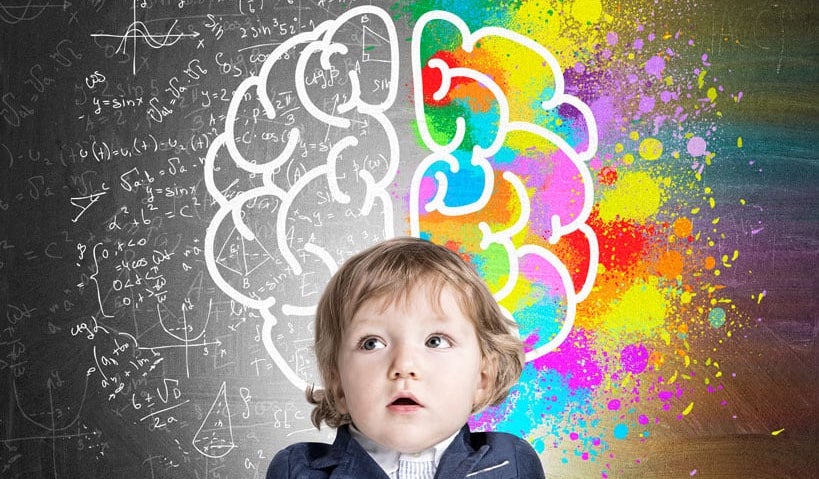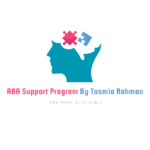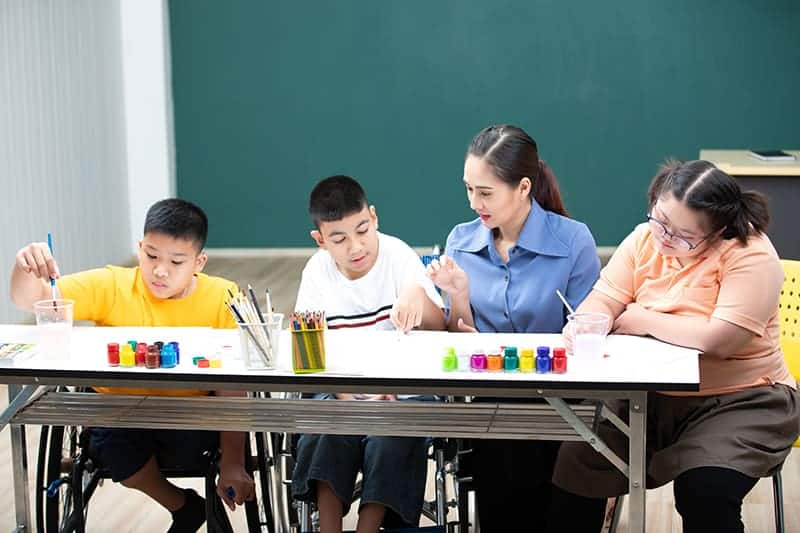
You may have heard the saying, “Failure is the pillar of success” after getting a bad grade on your math test, intended to motivate you to not give up. Or you may have felt ecstatic when this motivation stayed and impacted you positively in other areas of life, like having a stellar performance at the annual sports event where you managed to bag that gold medal! Sounds like an age-old story that all of us have experienced at some point in life, doesn’t it? But what about the times when someone passed a negative comment or said hurtful things that discouraged you from enrolling in that math olympiad? How could someone like you ever dare to partake in a competition that you definitely had no chance of winning? In most of these instances, we seldom take that chance to avoid embarrassing ourselves or worse being labelled with derogatory terms like “loser.”.
Now you might be wondering why we started this article off with a hypothetical story that seemingly has no relevance to our topic. Well, it is to help you understand the following quote by Steven Aitchison and put it into perspective when labelling neurodiverse individuals: “Your words have the power to hurt, to heal, to open minds, open hearts, and change the world.” Our 32 words not only have the ability to draft how the world views an individual on the spectrum but also how they perceive themselves. While countries with resources and specialists have become increasingly aware of neurodiversity, this may not be the case for their developing counterparts. This lack of awareness, propelled by the scarce knowledge of conditions like autism spectrum disorder or ASD, plays a vital role in the language used to describe differently-abled people. But is it wrong to use terms like “disability” and “autistic,” and should their replacements be “special” or “differently abled”? Let’s dive deeper.
A Spectrum of Terminologies
First-hand accounts with neurodiverse individuals have shown different outcomes for the language they prefer when describing their diagnoses. While some individuals advocated strongly for an identity-first description, the majority preferred the more commonly used person-first approach. However, both options have pros and cons and can, unfortunately, be widely misused when living in a society that has yet to learn the power of words. In the context of most conservative cultures, identity-first language is seldom used as a tool of empowerment since communities generally stigmatize terms like autistic or special needs. This leads to further justification for crude reductions of neurodiverse individuals as being “crazy” or worse, “psychopaths.”.
This mentality persisted stronger than the COVID-19 virus even through the early 21st century in most developing nations. However, just like vaccines are the cure for viral infections, knowledge is the best-known treatment for misinformed mindsets. And with technological advancements making learning an easier process, information on neurodevelopmental conditions has become that much more accessible. So does that mean that Google and books can solve this long-standing narrative about neurodiversity being something to be ashamed of? Unsurprisingly, the answer is no.
The fight for inclusivity begins with raising awareness and acknowledging our shortcomings in using the appropriate terms to describe neurodiversity. Since historically it has been proven that a person-first introduction is more respectful and better accepted, let us assume we stick to this approach. In this scenario, when describing an individual with ASD, it is important to remember to address them first and be aware of their preferences when using labels like “diagnosed with autism.” It is also important to note that to curb social stigma surrounding terminologies like “autism” and “disability,” softer synonyms like “special needs” and “differently abled” were introduced years ago. And although some may still disagree with even using terms like “special needs” due to its longstanding socially isolating effect, most agree that the safest approach is never to assume and always ask. Just like how we have universally started being more accepting of gender-neutral pronouns like “they/ them”, it is time to move away from assumptive terminologies for neurodiverse individuals.
ASP and Inclusion
You may argue that having an inclusive and aware vocabulary is simpler in English but much harder in your native tongue, but every language can still portray the same message when spoken with the right intentions. Since most ASP team members are Asian, we happen to all be bi/trilingual and know the impact words can have when portraying the right message for neurodiversity in multiple languages. ASP’s core mottos revolve around fostering an inclusive environment that hones the skills of neurodiverse individuals in the most comprehensive manner. Subsequently, this also entails the usage of appropriate language during training sessions, for instance, so parents and professionals alike can learn and change the way they speak about conditions such as autism.
Due to ASP’s continuous efforts to create inclusive environments for people on the spectrum, a chain reaction has thus begun within the small communities where we function. This has ensured that more than 90% of the population indirectly impacted by ASP services is more aware and accepting of neurodiversity! So, although most neurotypical populations are yet to understand the intricate nuances of inclusive language, the shift from developmental disorders being misconceived as dreadful diseases to simply having a different ability has been a long time coming. At ASP, we strive to do our small part by being a voice for your differently abled child, helping them find their unique superpowers to change mindsets, one powerful word at a time.




